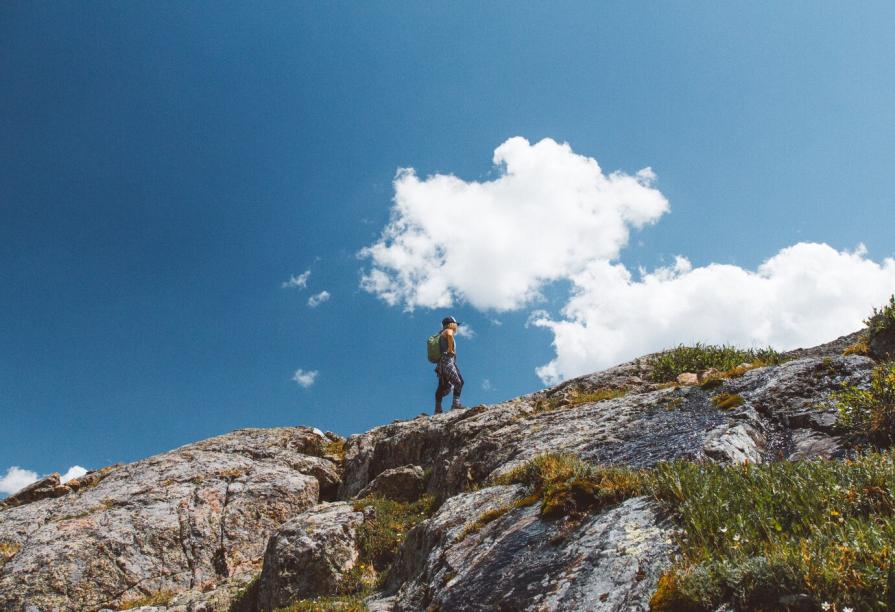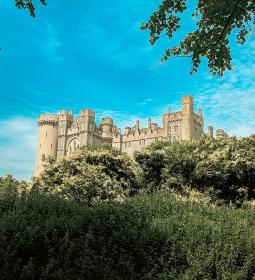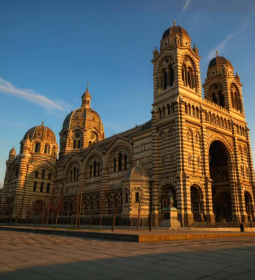Chameleon Rock, the largest stone on the planet, Red Mountain, Sacred Rock – all this is about Urulu Rock,which is located in the middle of the desert in Australia and is part of the Kata Tjuta National Park.
Chameleon rock
The natural color of this rocky formation is brown-orange. Depending on the lighting at different times of the day and at different levels of humidity, the rock changes shade from golden to bright purple. The famous scarlet color of the mountain acquires by noon, and the color is more saturated if it rained the day before. The reason for the play of color in the red sandstone, of which the rock consists - it has the property of changing color.
Is it true that Urulu is the largest stone on earth?
I guess so. The dimensions of Urulu are impressive: with a length of 3.6 km and a width of 2.9 km, the height of the rock is 348 meters. At the same time, a trunk larger than 6 km goes underground! It turns out that we see only the tip of the iceberg.
It is proved that Urulu is a monolith consisting mainly of sandstone, permeated with two-meter trenches. When it rains, the surface of the rock is covered with numerous streams and waterfalls.
Why is the mountain sacred?
The mountain is the most ordinary, and it is made sacred by the faith of the Anangu aborigines - local inhabitants. The rock for them is a place of power, where ascents and rituals are performed. Theories of urulu sacredness among the aborigines mass.
- Some legends say that, having created everything around, the gods turned into mountains and stones.
- Others tell the story of a cunning lizard Lungkata, who paid for the deception and died on a rock, leaving a blue mark on the top.
There are a lot of legends, each aboriginal person will tell his own, but especially secret and sacred ones will be left in secret.

Tourism and Urulu
The pilgrimage of tourists to Urulu began in the middle of the XX century, when the road leading to kata-Tjuta Park was built. Not far from the mountain, the tourist center of Ular was formed with everything necessary to meet guests, including hotels and its own airport. Special routes were developed through the park, trails were laid, places for recreation were equipped. The Aborigines were evicted, and since then they have held a grudge and have been quite jealous of the presence of outsiders in their sacred territory. The government compensated for the pain of loss with subsidies and interest on tickets sold to visit the park.
Why were tourists denied access to the top of Urulu?
Either the payments were canceled, or the call of the ancestors was called, since the lands near Urulu, like the rock itself, the ananga, are considered indigenous and rightfully belonging to them - the aborigines managed to legally achieve the return of property to the territory. In 2019, the ascent of tourists to the rock of Urulu was banned.
Further - more: anangu demanded the removal of the online route from Google maps, which was also done. Officially, the authorities said that the reason for the ban is the notorious safety, since for almost 70 years of tourism on the rock, 37 people died: someone received a sunstroke, someone died as a result of a fall or cardiac arrest.
Interestingly, when the news of the ban on climbing appeared, on the last permitted day there was a queue of those wishing to climb to the top. Pictures of pilgrims climbing up a stream flew over the Internet.
Despite the prohibition to climb the mountain, Kata Tjuta Park is still open to the public. You can go to the foot of the mountain, see the rock painting and see firsthand the watering hole - the only source of water for the entire desert district, where animals come to quench their thirst.













